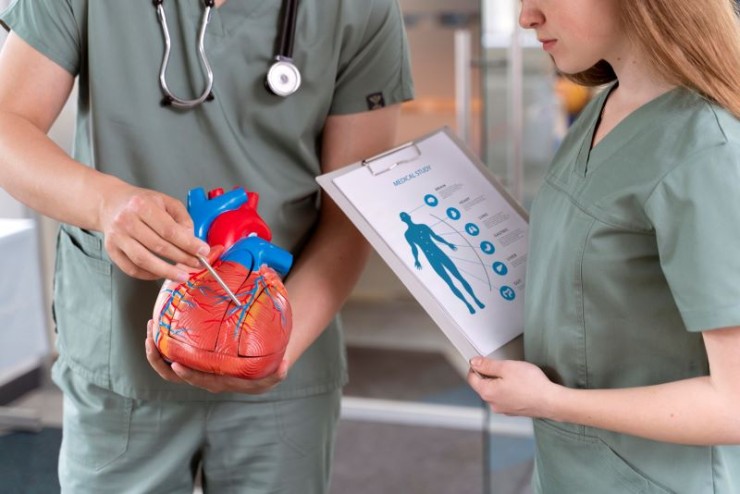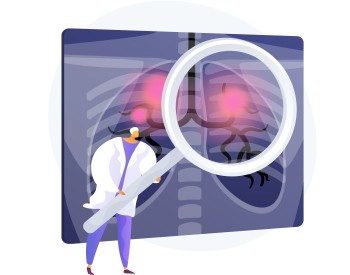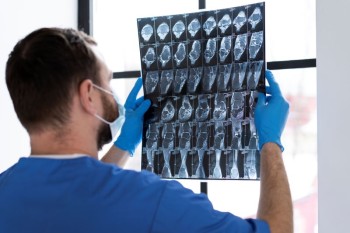
CT Coronary Angiography is primarily performed to evaluate the coronary arteries, which supply blood to the heart muscle.
CT Coronary Angiography Scan in India with Cost
CT Coronary Angio Scan
in Detail
The CT Coronary Angiography (CTCA) scan is a non-invasive medical imaging procedure that provides detailed images of the coronary arteries, allowing for the assessment of blood flow and the detection of potential blockages or abnormalities. In this comprehensive guide, we will explore the intricacies of the CT Coronary Angio Scan, from its purpose and procedure to its significance in cardiac diagnostics.
Understanding CT Coronary Angiography
Purpose of the Scan
CT Coronary Angiography is primarily performed to evaluate the coronary arteries, which supply blood to the heart muscle. The scan helps identify and assess various cardiovascular conditions, including coronary artery disease (CAD), arterial stenosis, and other cardiac abnormalities.
How CTCA Works
The procedure involves the use of X-rays and advanced computer technology to create detailed cross-sectional images of the heart and coronary arteries. Contrast dye is often administered intravenously to enhance the visibility of blood vessels and ensure accurate imaging.
Advantages of CT Coronary Angiography
Non-Invasiveness
One of the significant advantages of CTCA is its non-invasive nature. Unlike traditional coronary angiography, which requires catheterization and threading through blood vessels, CTCA offers a less invasive alternative for assessing coronary arteries.
Quick and Comprehensive Imaging
CT Coronary Angiography provides rapid and comprehensive imaging of the entire coronary artery tree. The detailed images obtained help in identifying the location and severity of any blockages or abnormalities.
Preparing for a CT
Coronary Angio Scan
Fasting and Medication
Patients undergoing CT Coronary Angiography may be required to fast for a few hours before the procedure. Additionally, specific medications, particularly beta-blockers, may be prescribed to regulate heart rate and improve image quality.
Allergies and Medical History
It's crucial for individuals undergoing the scan to inform healthcare providers about any allergies, especially to iodine-based contrast dye. Additionally, disclosing medical history, particularly kidney function, is essential for a safe and effective procedure.
The CT Coronary Angiography Procedure
Patient Positioning
During the scan, the patient lies on a motorized table that moves through the CT scanner. Electrocardiogram (ECG) leads are attached to monitor heart activity and ensure optimal image quality.
Contrast Administration
A contrast dye is injected intravenously to enhance the visibility of blood vessels. This step is critical for obtaining clear and detailed images of the coronary arteries.
Image Acquisition
The patient is encircled by the rotating CT scanner, which captures numerous cross-sectional images of the heart. These images are then compiled by the computer to generate a three-dimensional representation of the coronary arteries, facilitating a thorough evaluation.
Interpreting CT Coronary Angiography Results
Radiologist's Analysis
Expert radiologists analyze the images to identify any abnormalities, such as arterial stenosis, plaques, or blockages. The degree of narrowing in the coronary arteries is assessed to determine the severity of the condition.
Treatment Planning
The information obtained from the CT Coronary Angiography guides healthcare providers in developing appropriate treatment plans. This may include lifestyle modifications, medication, or, in some cases, invasive procedures like angioplasty or coronary artery bypass surgery.
Considerations and Limitations
Radiation Exposure
While CTCA is generally considered safe, it does involve exposure to ionizing radiation. Healthcare providers carefully weigh the benefits of the procedure against the potential risks, especially in individuals with repeated imaging needs.
Limitations of the Scan
Individuals with specific conditions, such as obesity or substantial calcium deposits in the coronary arteries, may encounter limitations with CT Coronary Angiography. In these instances, healthcare professionals may explore alternative imaging methods.
Conclusion
In conclusion, CT Coronary Angiography stands as a valuable tool in cardiac diagnostics, offering a non-invasive and efficient means of assessing the coronary arteries. From its purpose and procedure to the interpretation of results, this guide has provided insights into the significance of CT Coronary Angio Scan in detecting and managing cardiovascular conditions.
Frequently Asked Questions (FAQs)
Understanding the Procedure
1. What does a CT Coronary Angiography diagnose?
CT Coronary Angiography is primarily used to diagnose and assess coronary artery disease (CAD), arterial stenosis, and other cardiovascular conditions affecting the coronary arteries.
2. How is CT Coronary Angiography different from traditional coronary angiography?
Unlike traditional coronary angiography, which involves threading a catheter through blood vessels, CT Coronary Angiography is a non-invasive imaging procedure that uses X-rays and contrast dye to visualize coronary arteries.
3. Is CT Coronary Angiography suitable for everyone?
While CT Coronary Angiography is generally safe, it may not be suitable for individuals with certain medical conditions, such as allergies to contrast dye, kidney issues, or significant obesity. Your healthcare provider will assess your suitability for the procedure.
Risks and Concerns
1. Does CT Coronary Angiography involve radiation exposure?
Yes, CT Coronary Angiography involves exposure to ionizing radiation. However, the benefits of obtaining detailed cardiac images often outweigh the risks, especially when diagnosing or managing cardiovascular conditions.
2. Are there any side effects associated with the contrast dye used?
Occasionally, individuals might encounter minor side effects, like a gentle warmth or metallic taste, following the injection of contrast dye. While severe allergic reactions are uncommon, they can occur. It is essential to communicate any known allergies to your healthcare provider before undergoing the procedure.
3. Is CT Coronary Angiography safe?
CT Coronary Angiography is generally considered safe; however, it involves exposure to ionizing radiation. The benefits of the procedure are carefully weighed against the potential risks, especially in individuals with repeated imaging needs.
4. Are there alternatives to CT Coronary Angiography?
Yes, alternative imaging methods, such as traditional coronary angiography or stress testing, may be considered depending on individual circumstances. The choice of the imaging technique is based on the patient's health status and the information required for an accurate diagnosis.
5. Can CTCA detect all heart-related issues?
While CTCA is excellent for assessing coronary arteries, it may not detect all heart-related issues. Other complementary tests may be recommended based on individual health conditions and symptoms.
6. Is CTCA suitable for individuals with kidney issues?
Individuals with kidney problems may face challenges with contrast dye. It is crucial to inform healthcare providers about any kidney conditions before the procedure to determine the most suitable approach and mitigate potential risks.
Timing of Results
1. How soon can I expect to receive the results of a CT Coronary Angiography?
The timing of results can vary, but in many cases, the radiologist will provide a preliminary interpretation shortly after the scan. Your healthcare provider will discuss the findings and develop a suitable plan based on the results.
2. What if the CT Coronary Angiography reveals abnormalities?
If abnormalities are detected, your healthcare provider will discuss potential treatment options, which may include lifestyle changes, medication, or further invasive procedures, depending on the severity of the condition.
(0)
Login to continue



